E-Waste Solutions: How to Responsibly Dispose of Electronics
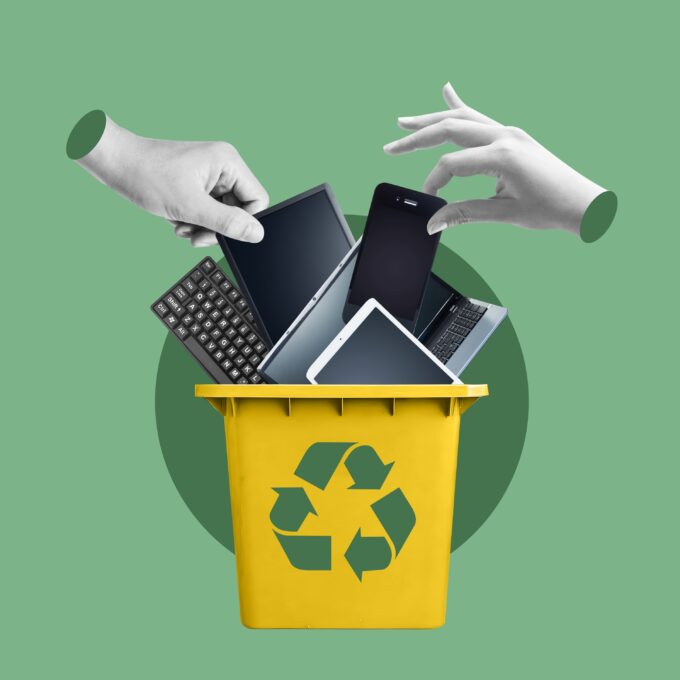
The digital age has transformed the way we live and work, but it has also created a growing problem: electronic waste, or e-waste. Every time we upgrade our smartphones, laptops, TVs, or kitchen appliances, we leave behind obsolete devices. These items, if not handled properly, can cause significant harm to the environment and human health. In this blog, we explore how individuals and businesses can responsibly manage e-waste, what solutions are being developed globally, and how policies are evolving to support a circular electronics economy.
What Is E-Waste?
E-waste includes any discarded device with a battery or plug. According to the Global E-waste Monitor 2024, published by the United Nations Institute for Training and Research (UNITAR) and the International Telecommunication Union (ITU), the world generated approximately 62 million metric tonnes of e-waste in 2022, a figure projected to grow to 82 million tonnes by 2030 if no major interventions occur.
Only about 22% of global e-waste was formally collected and recycled in 2022. The rest ends up in landfills, is incinerated, or is handled informally, especially in developing countries. This creates major environmental and social challenges.
Why Is E-Waste Dangerous?
Electronics contain a cocktail of toxic substances including:
- Lead
- Mercury
- Cadmium
- Brominated flame retardants
When dumped or burned, these toxins leach into soil, air, and water, contaminating ecosystems and posing risks to human health.
What’s Inside Your Devices That’s Worth Recovering?
E-waste isn’t just dangerous, it’s also a lost economic opportunity. According to UNITAR, e-waste in 2022 contained over $60 billion worth of recoverable materials, such as:
- Gold and silver
- Copper
- Platinum
- Rare earth elements
These materials are essential for manufacturing new electronics, green technologies, and even electric vehicles. Efficient recovery supports both sustainability and supply chain resilience.
How to Responsibly Dispose of Electronics
1. Donate or Resell Working Devices
Before recycling, consider reusing. Some organizations accept donated electronics to refurbish and redistribute to underserved communities.
2. Use Certified E-Waste Recyclers
Look for recyclers certified by recognized standards. These certifications ensure that recyclers follow ethical and environmentally sound practices. The EPA provides a searchable database of certified recyclers in the U.S.
3. Participate in Take-Back Programs
Many manufacturers and retailers now offer take-back or trade-in programs, allowing consumers to return old devices for responsible recycling or credit toward new purchases.
4. Check Local E-Waste Collection Events
Many communities organize e-waste collection events. Check with your local waste management services or use online resources to find nearby opportunities to recycle your electronics.
Global and Regional Policies on E-Waste
United States
The U.S. lacks a federal e-waste law, but 25 states have enacted their own legislation. California’s Electronic Waste Recycling Act, for instance, requires consumers to pay a fee on covered devices to fund recycling programs.
European Union
The EU Waste Electrical and Electronic Equipment (WEEE) Directive is among the world’s most advanced e-waste laws. It mandates that manufacturers take responsibility for the end-of-life management of their products and sets minimum recycling targets..
Asia and Africa
Countries like China, India, and Ghana are grappling with informal recycling sectors. While China banned the import of foreign e-waste in 2018, domestic e-waste remains a challenge. India has introduced Extended Producer Responsibility (EPR) rules, but enforcement is inconsistent.
Corporate Responsibility and Innovation
1. Design for Circularity
Leading electronics brands are beginning to design products for easier disassembly and recycling. Some are even developing modular smartphones that empower users to repair their devices themselves.
2. Urban Mining
Recovering metals from old electronics, called urban mining, is gaining traction. Advanced facilities are now able to extract precious metals from e-waste with remarkable efficiency.
Some innovators are using blockchain technology to track e-waste through its lifecycle, ensuring that devices are responsibly handled from manufacture to disposal.
The Role of Consumers
Consumers play a crucial role in the e-waste solution:
- Buy less and choose better. Prioritize quality and repairability.
- Repair instead of replace. Support repair cafés or DIY repair initiatives.
- Demand accountability. Ask brands about their take-back and recycling programs.
The Path Forward
The global e-waste challenge requires a coordinated, multi-stakeholder response. That includes:
- Clear legislation and enforcement across all countries
- Incentives for manufacturers to design sustainable products
- Investment in formal recycling infrastructure
- Public awareness campaigns to shift consumer behavior
According to the Global E-waste Monitor 2024, improving global recycling rates from 22% to 60% by 2030 could avoid about 346 million metric tonnes of CO₂-equivalent emissions and recover over $130 billion in valuable materials.
E-waste is one of the fastest-growing waste streams on the planet. But it also presents a remarkable opportunity to build a more circular, resource-efficient economy. By adopting responsible disposal habits, supporting forward-thinking policies, and pushing for innovation, we can minimize harm and unlock value from the devices we no longer need.
Sources: Tradebe & Global E-waste Monitor 2024. UNITAR, ITU. https://globalewaste.org, U.S. Environmental Protection Agency (EPA). (2023). Electronics Donation and Recycling, European Commission. (2023). WEEE Directive.
- Share with Twitter
- Share with Facebook
- Share with LinkedIn
- Share with e-mail
Might be interested in

10 Sustainable Holiday Tips for a Greener Season

Digitalization can support shifting to more sustainable transport in Europe

Ecotourism: Connecting Nature and Culture for a Sustainable Future

From waste to worth: battery recycling

Ways the world can reduce emissions from global transport systems

Four benefits of a circular economy

An Ambitious Plan to Manage Non-Packaging Plastics in European Waste Streams
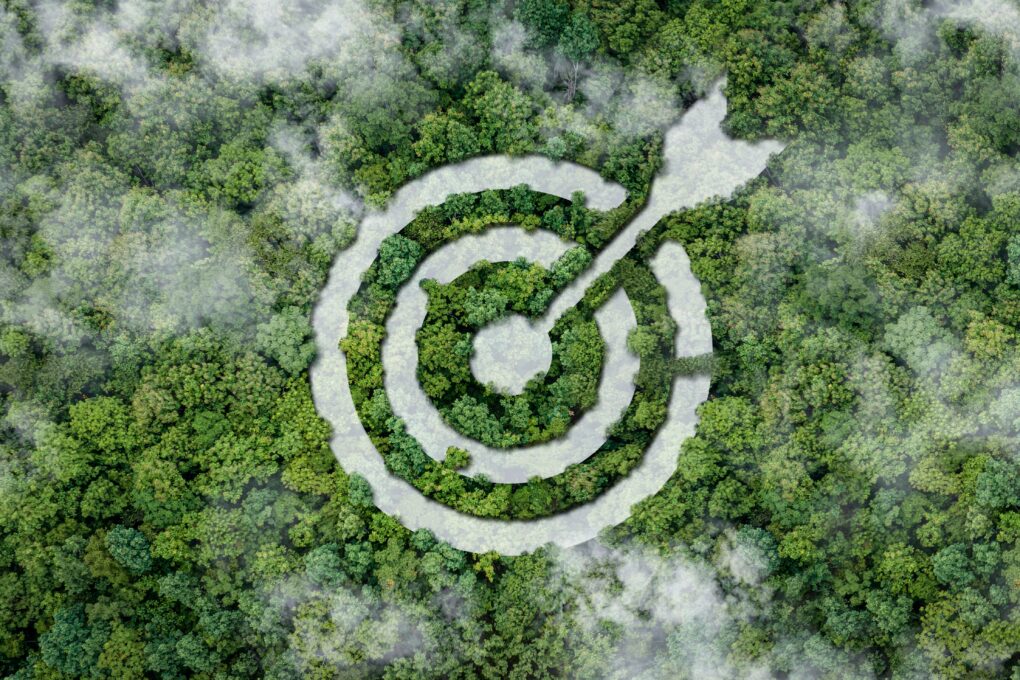
The importance of energy efficiency in achieving climate goals

How E-waste and electronics recycling helps environmental conservation

Sustainable Tourism: How to Travel with Minimal Environmental Impact
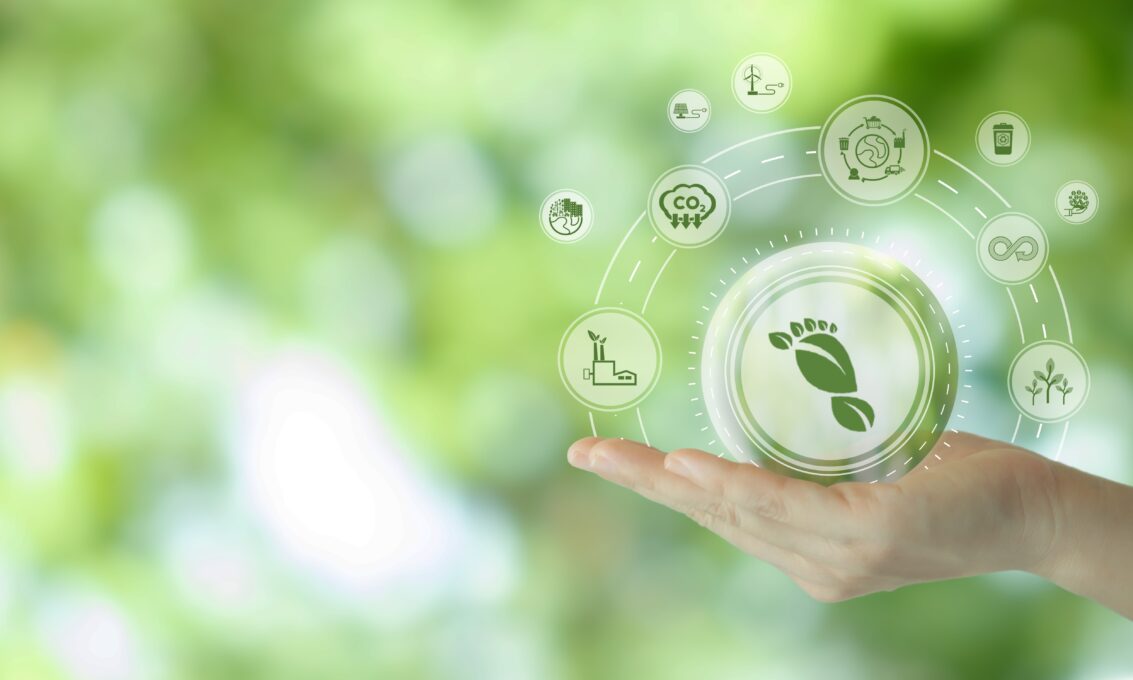
Building a Low-Carbon Supply Chain: Smart Strategies for Carbon Footprints Sustainable Operations

Ecotourism: What It Is and Why It Matters

How to have a festive and eco-friendly Christmas this year

Sustainable manufacturing

The Transformative Role of AI in the Energy Sector
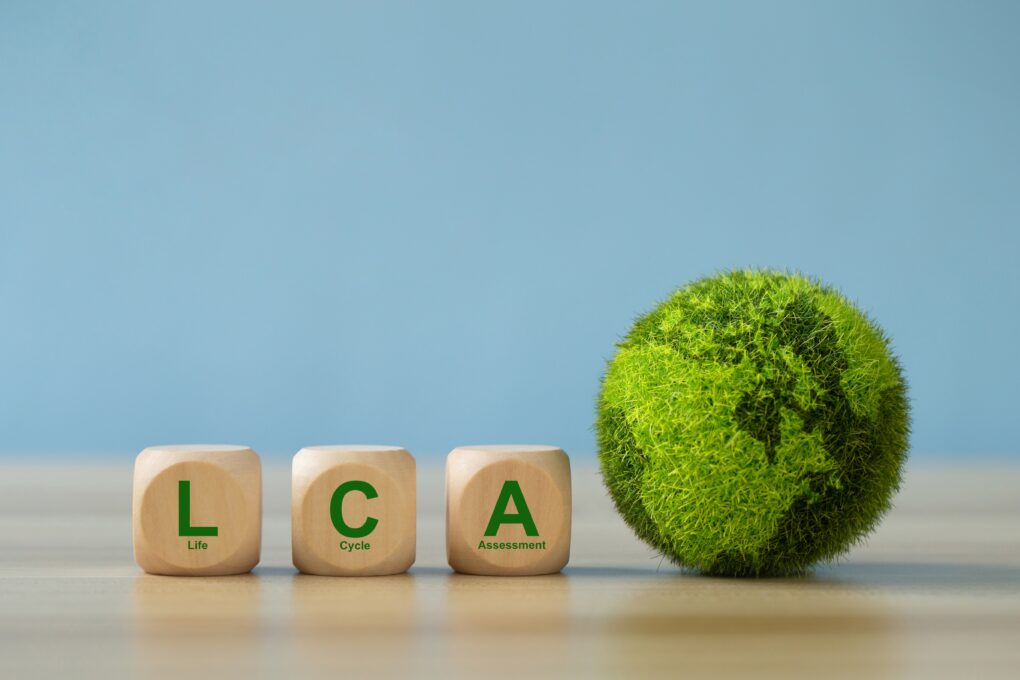
Life Cycle Assessment (LCA): everything you need to know

How does climate risk affect us?

A Health-E start

Eating Sustainably: Five Diet Tips for a Healthy Body and a Healthy Planet

12 main principles of green chemistry

Why Ecotourism Matters in the Fight Against Climate Change
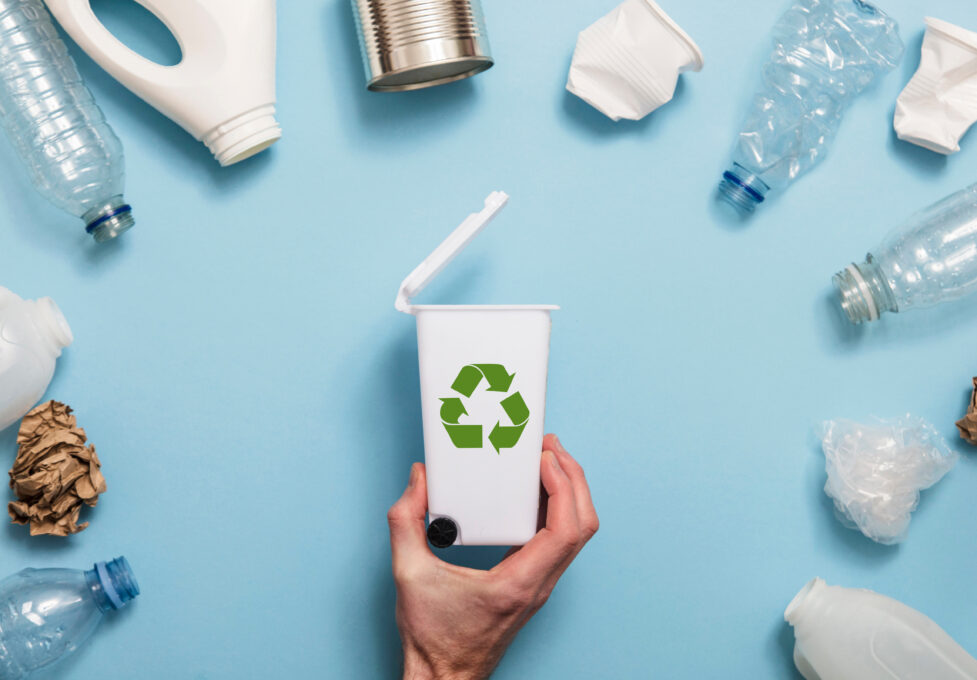
Kinds of plastics, uses and how to recycle

Better links between waste management, circular economy and climate change mitigation measures can boost greenhouse gas emission reductions

What is the EU doing to implement green washing regulations?
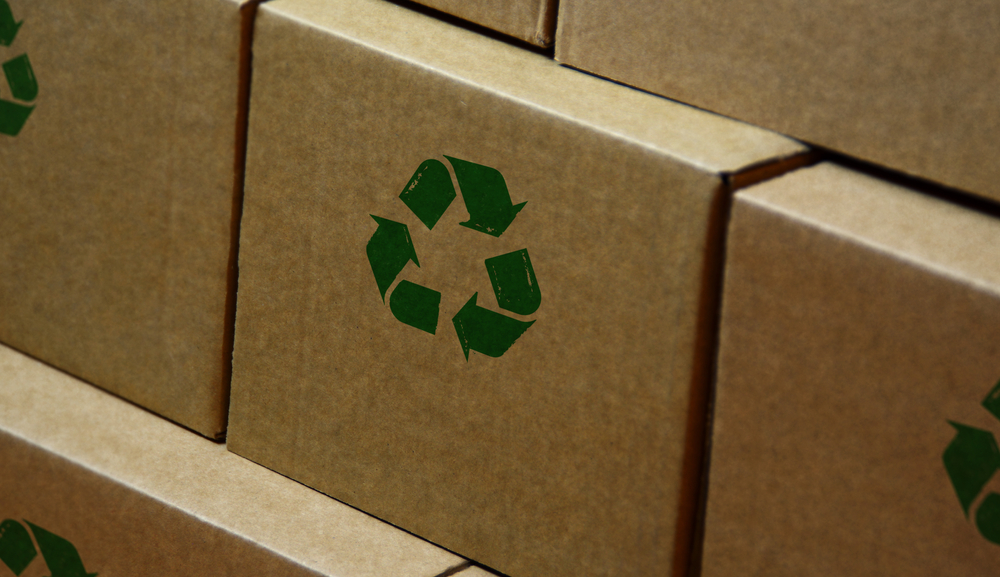
Sustainable packaging

Sustainable Packaging in the EU: Trends, Challenges, and Opportunities
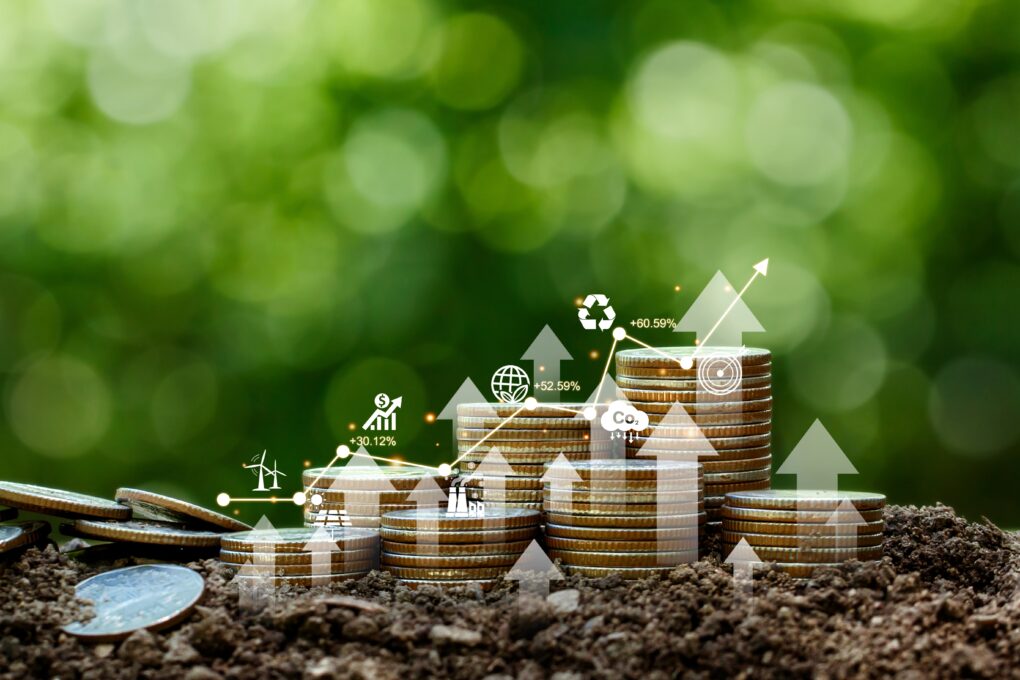
Empowering a Greener Future: The Role of Sustainable Finance in Transforming Society and the Environment
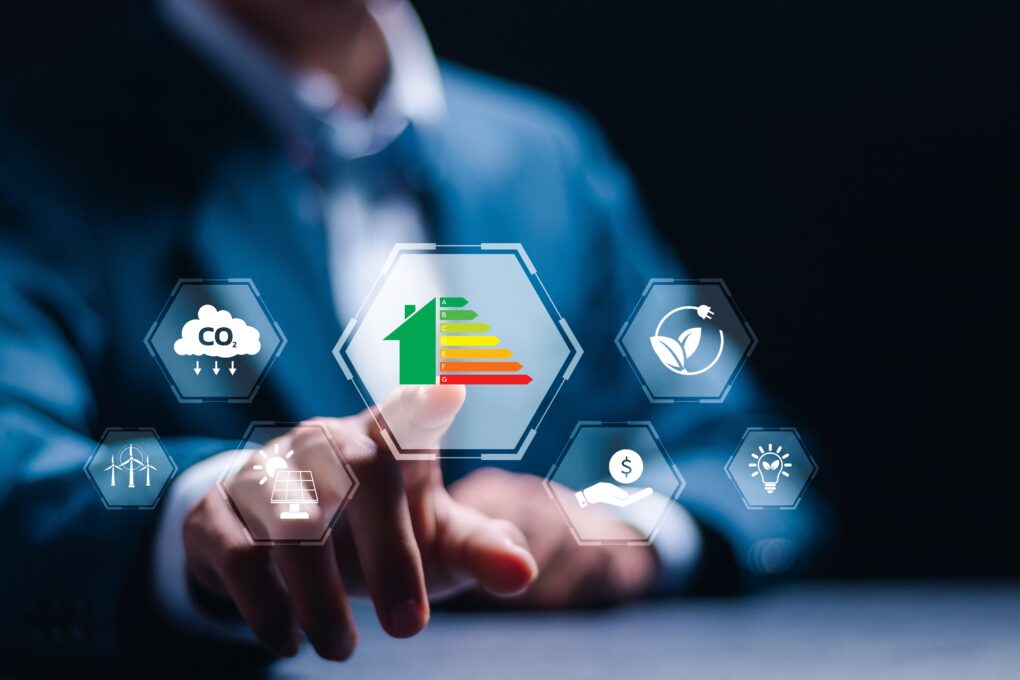
Energy sustainability practices at home

How Sustainability Technology is changing the Fashion Industry for the Better

Understanding environmental commodities
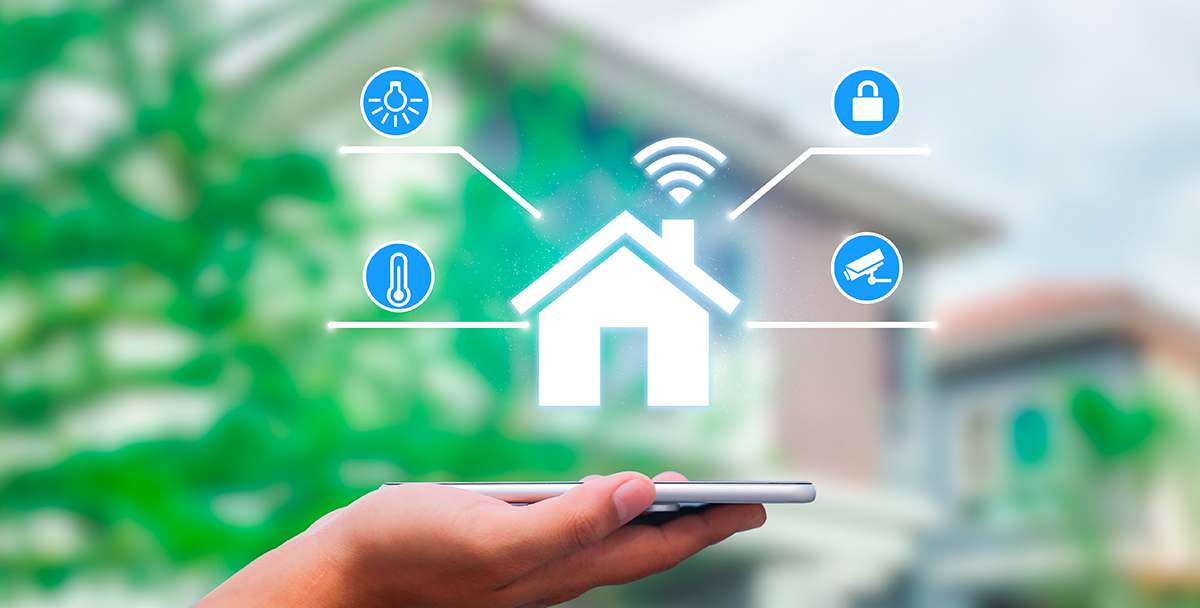
Ways Your Smart Home Can Save Energy
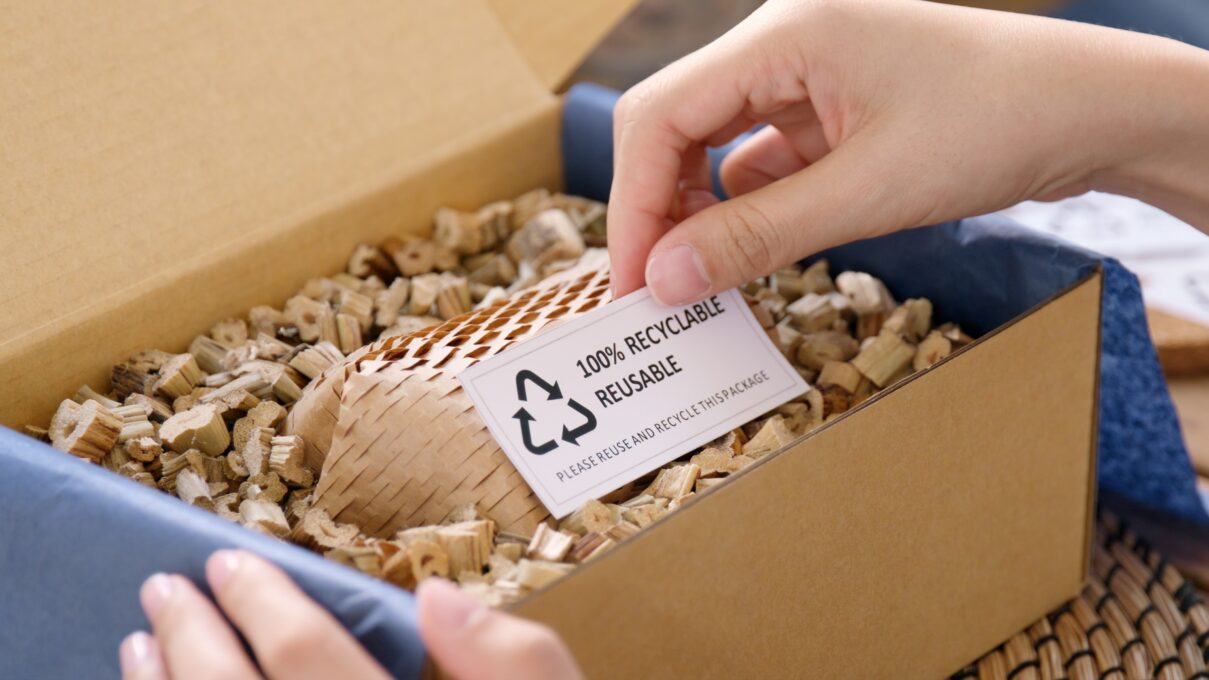
Sustainable products: the key to a greener future

Ways to Prevent Wasted Food at Home